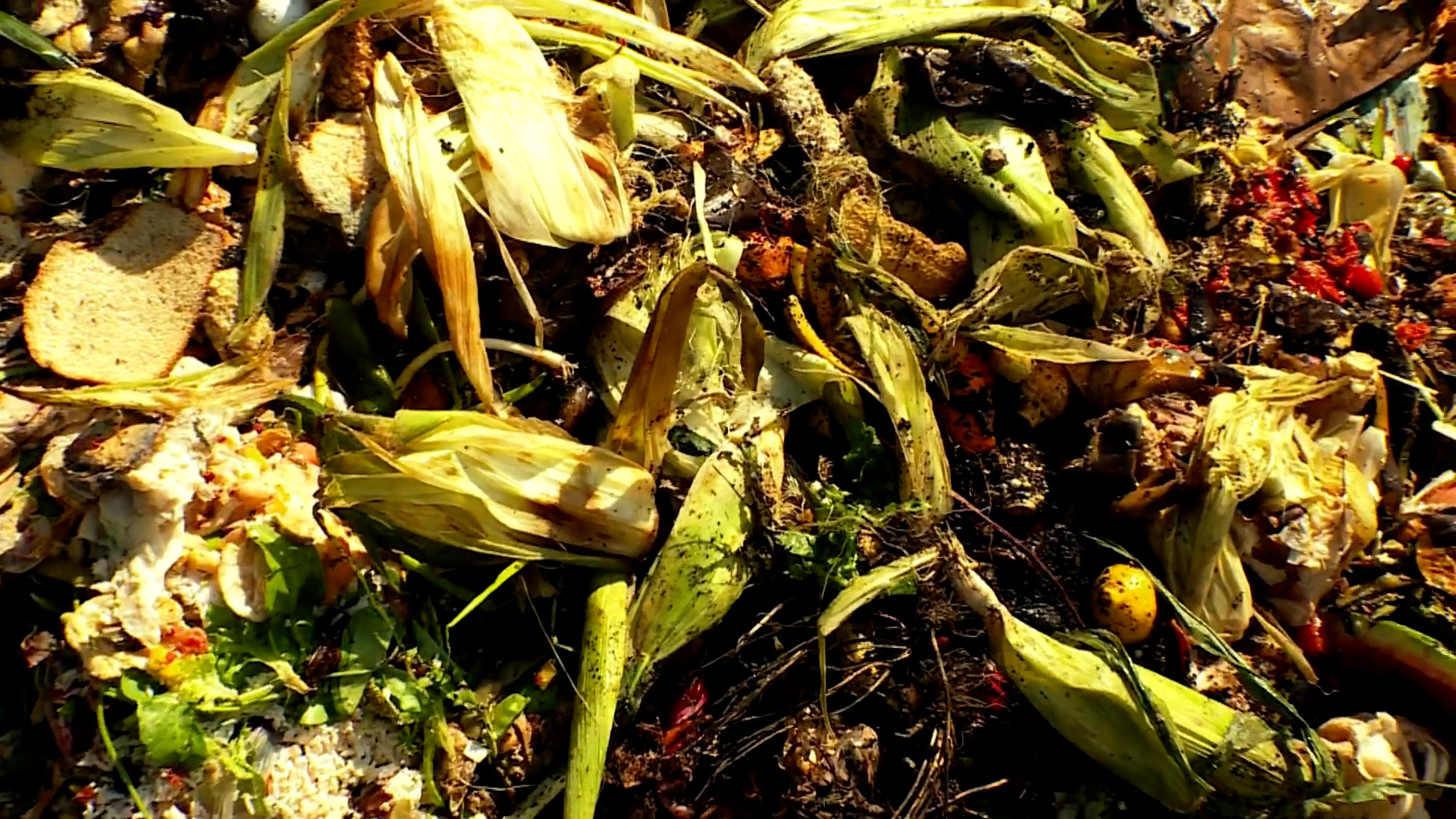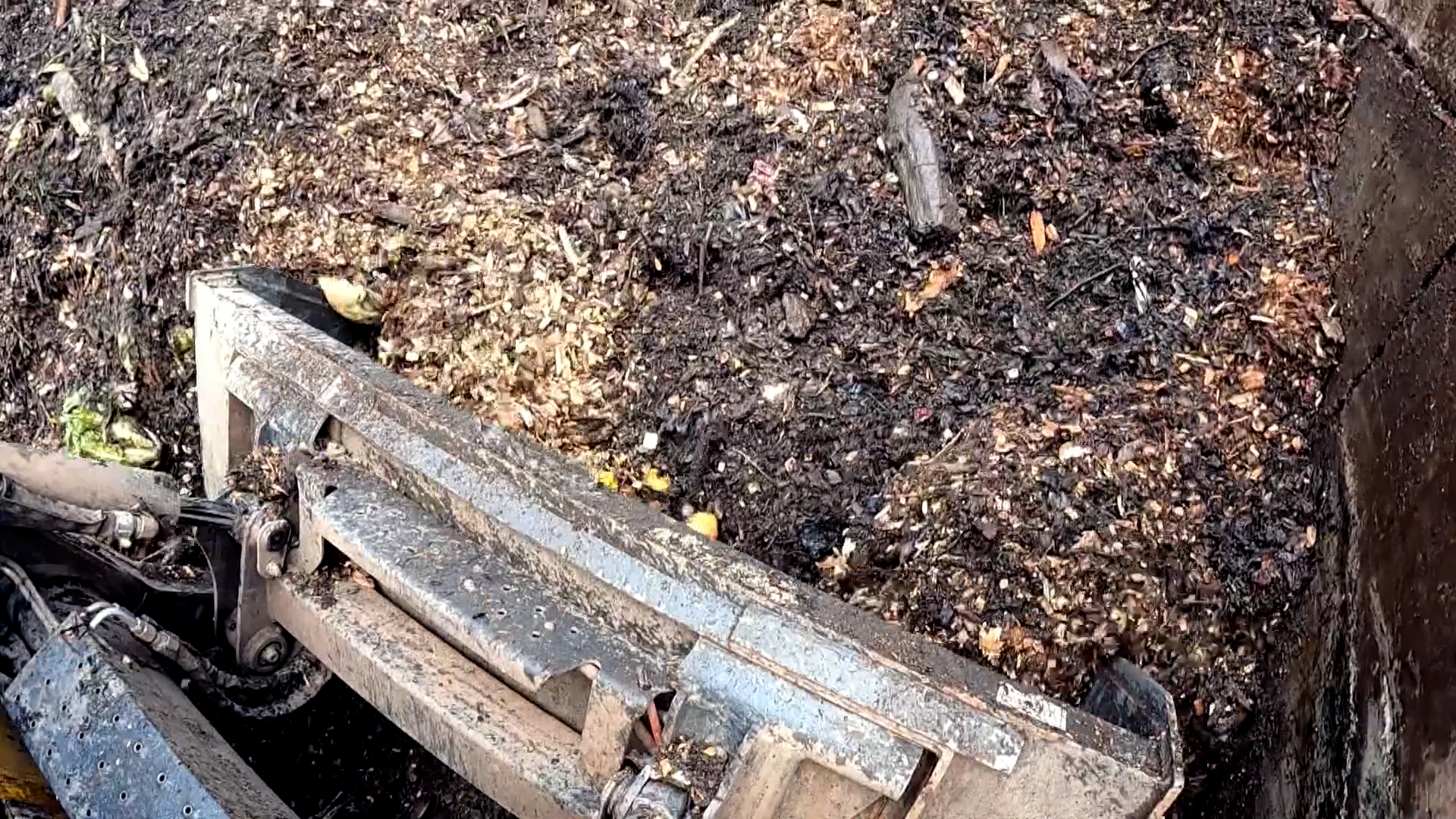Explore

Food scraps for composting
Compost
Composting is a process by which organic matter – including fruits, vegetables, leaves, and paper – is broken down, or decomposed, to form a rich soil amendment. The resulting compost can then be added to soil as mulch to help grow more food. Composting requires a proper balance of “green” and “brown” organic materials.
“Green” organic material includes grass clippings, food scraps, and manure – all of which contain large amounts of nitrogen. “Brown” organic materials include dry leaves, wood chips, and branches – all of which contain large amounts of carbon, but little nitrogen. Getting the right mix of nutrients requires experimentation and patience. It is part of the art and science of composting. Other variables to be considered when composting include particle size, moisture content, oxygen flow, and temperature.
One Acre Farm in Dickerson, Montgomery County, Md., is a 34-acre organic farm that strengthens the local food economy by bringing people together. Farmer Mike has partnered with Compost Crew, a food waste recycling company, in order to grow fruits and vegetables using compost fertilizer. Farmer Mike’s harvest of cucumbers, cantaloupe, tomatoes, bell peppers, and onions is enough food to feed about 400 families each week throughout the year.
Meanwhile, Compost Crew is able to help recover food that would otherwise be wasted in a landfill. Compost Crew picks up compost-eligible food scraps and waste from people’s homes. The food waste is then taken to the facility and sorted to remove any non-eligible compost items. The food waste is combined with dry material, including wood chips and leaves, and water is added to help with decomposition. The water also helps regulate the temperature and gives the microorganisms in the compost the best environment to do their job. Once it’s well mixed, the next phase is called the hot or active phase. During this stage, decomposition speeds up, and the compost produces heat.

A mature compost pile
The pile is able to have air circulating through it because the Compost Crew puts holes in the base, or floor, of the container before the compost mix is loaded inside. In a process called aeration, an electric blower forces air through the base and under the piles. Doing this eliminates the step of turning, or rotating, the pile. (If you or someone you know composts at home, you may notice that they rotate the pile inside of a container.)
Compost Crew’s mixture stays in the big containers for four to six weeks, then it is moved out for curing, which lasts two months. The compost sits until it matures. During this time, the temperature of the pile decreases, its color changes to a dark brown, and it develops a natural, earthy smell.







